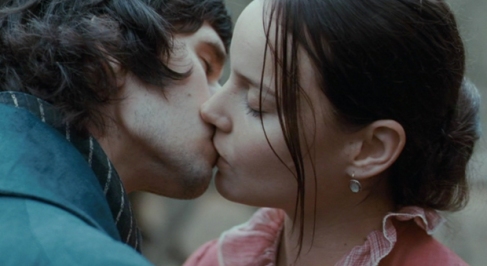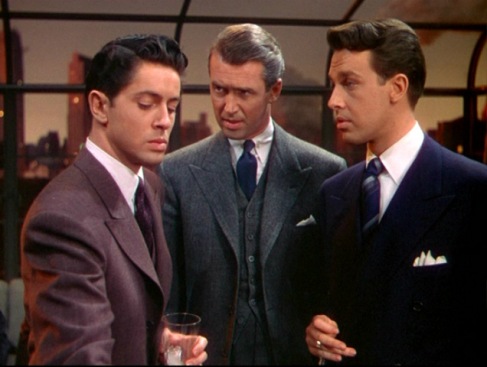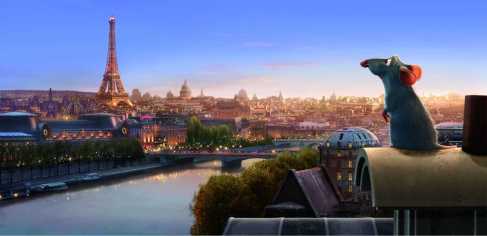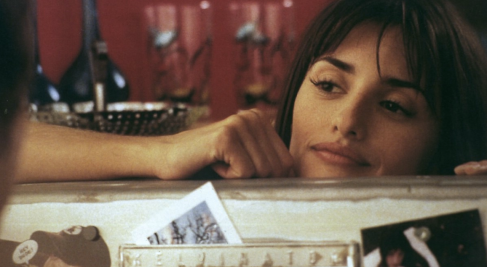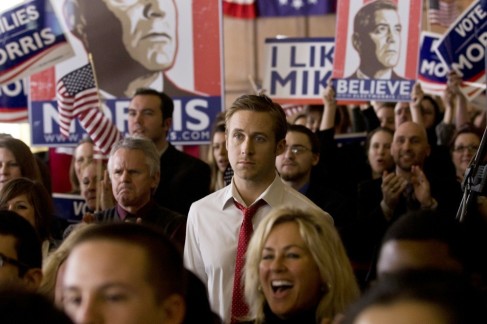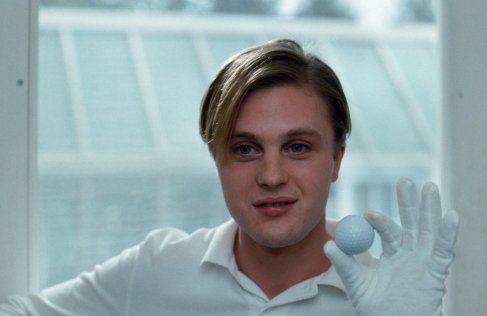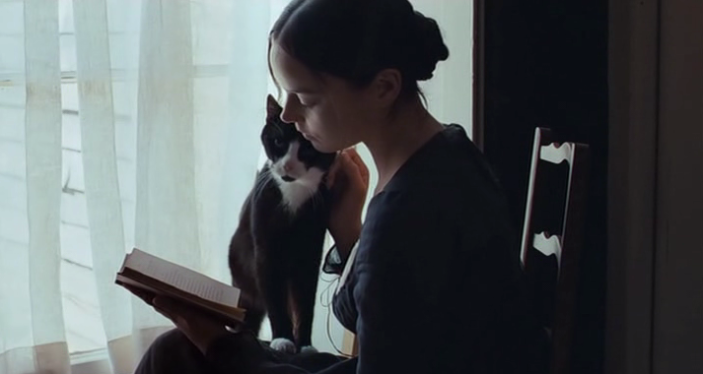10. Bright Star (2009) – Jane Campion
I wrote a review of this a few months ago. I’m starting to go a little crazy for Ben Whishaw; there’s something enigmatic about him, and although I’ve only seen him in a few films, he seems to have a real range. Here he plays Romantic poet John Keats in a tragic love story that is, as New York Times reviewer A. O. Scott points out, surprisingly steamy considering no clothes are ever removed. This movie falls somewhere between Pride & Prejudice and Shakespeare in Love.
9. Seven Psychopaths (2012) – Martin McDonagh
I also reviewed this one — saw it twice in theaters. This film is cleverly metafictional, with a dash of absurdism and a little existentialism. Hilarious, dark, and devilishly exhilarating. Sam Rockwell really steals the show as Billy, a devoted friend with some psychopathic tendencies.
8. The Green Mile (1999) – Frank Darabont
This is a gruesome story with some Tom Hanks levity and a little magical realism. Perhaps the most interesting thing about the film is the way it unfolds in chapters, smaller stories encapsulated in the larger one. Stupendous performances all around (including, again, Sam Rockwell in particular).
7. Rope (1948) – Alfred Hitchcock
This is not one of Hitchcock’s better-known films, nor is it one of his best, but it’s a pretty fascinating experiment in both form and content. Two young men strangle their classmate, hide his body in their apartment, and then host a dinner party. The entire film takes place in the apartment, and the story is filmed exclusively in long takes, ten minutes at most (the length of a film camera magazine). The experience is not unlike that of watching a play, with the added bonus of Hitchcock’s characteristic fluid camerawork. Even more interesting are the homoerotic undertones between the two killers. This film is either incredibly progressive with its putatively homosexual leads, or condemning, with its rendering them murders. I can never decide. An unusual film, strangely mesmerizing to watch.
6. Laura (1944) – Otto Preminger
In this hard-boiled detective film, Mark McPherson (Dana Andrews) is hired to investigate the murder of the beautiful Laura Hunt (Gene Tierney). Intrigue, romantic tension, and plot twists (multiple!) ensue, as well as some really interesting narrative paradoxes. There are also moments of this movie that genuinely frighten me, which is unusual for a movie made so long ago.
5. Ratatouille (2007) – Brad Bird, Jan Pinkava
There were points when I had to pause this movie because I was laughing too hard. It is hilarious, heartwarming, and a little bit bizarre. I cannot get enough.
4. Vanilla Sky (2001) – Cameron Crowe
This film opens with pretty formulaic setup — Tom Cruise plays David, a handsome and successful businessman, who meets Manic Pixie Dream Girl Sofia (Penelope Cruz) and is immediately attracted to her — but warps unexpectedly into something closer to science fiction. I won’t say too much because I think the less you know in advance, the more exciting the ride is. The film is both emotionally and mentally stimulating, and I found myself thinking about it for days after I watched it. (It also has a killer soundtrack.)
3. The Ides of March (2011) – George Clooney
I am beginning to realize that Ryan Gosling is more than just the guy from The Notebook. He is magnetic in this, holding his own against George Clooney and Philip Seymour Hoffman (be still my beating heart, I love that man). In this political drama Gosling plays Stephen Meyers, junior campaign manager to Democratic presidential candidate Mike Morris (George Clooney) who finds himself entangled in political subterfuge. This film is smart, dirty, and unsettlingly relevant.
2. Funny Games (2007) – Michael Haneke
I am obsessed with Michael Pitt. He is a dream. He’s terrifying in this — cool, aloof, methodical, dressed in pristine white. Funny Games could so easily be just another slasher film, but Haneke takes the clichéd premise (two young men come to a family’s house to torture and kill them) and twists it around, experimenting with both narrative structure and character. This film is captivating not because of its gore — most of the violence actually occurs off screen — but because of the mesmerizing, anomalous world that Haneke creates. Just when you think you’ve figured out the rules of the game, they change.
1. The Shining (1980) – Stanley Kubrick
Surprise, surprise. I wrote a sort of obsessive review of this movie when I watched it this summer. Something about The Shining just facilitates obsession — there are so many patterns, dangling threads, layers of meaning. You almost experience Jack’s madness yourself trying to figure everything out.
The end. Suggestions for more movies to watch are always welcome!

